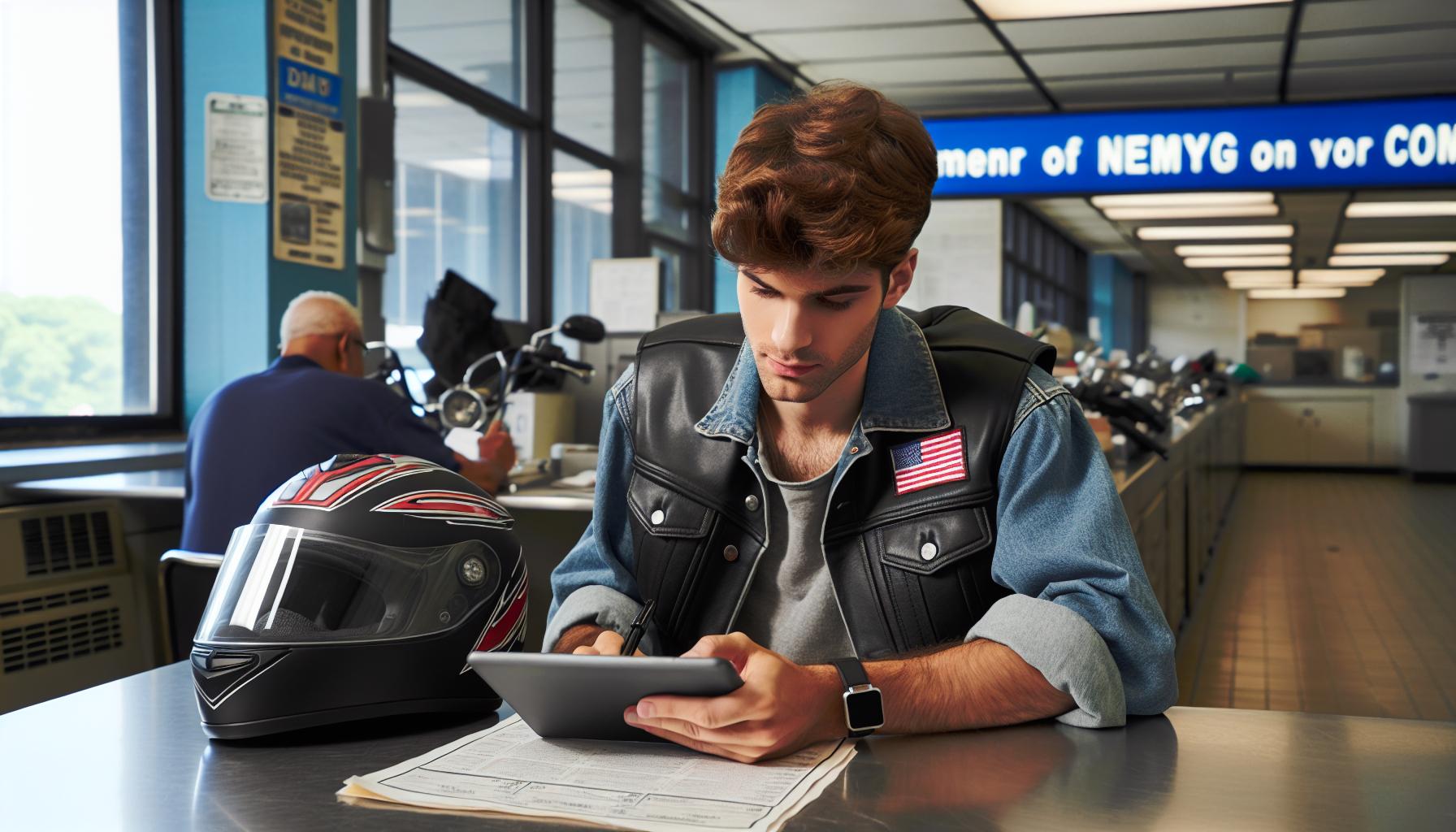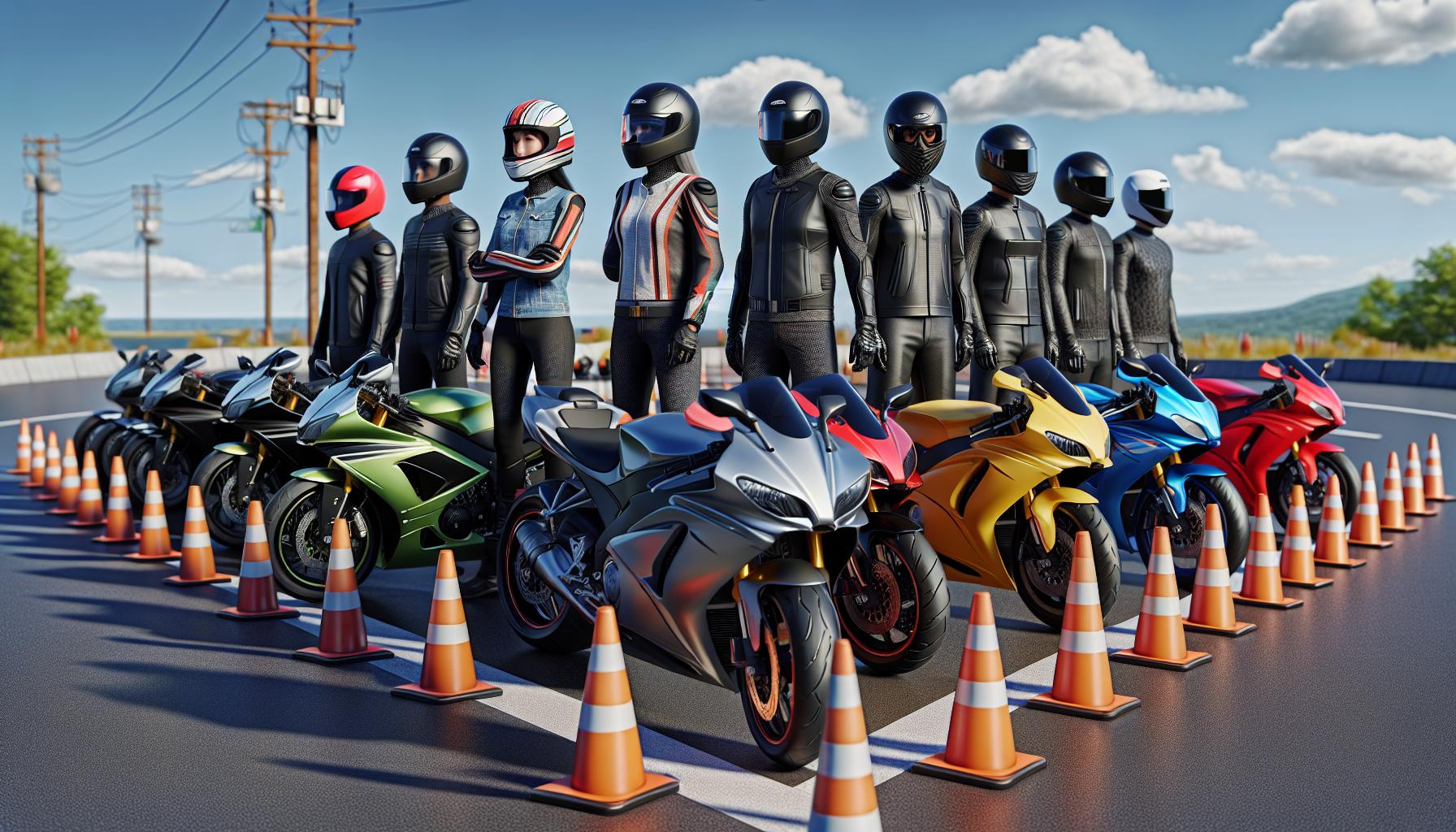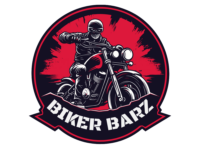Getting a motorcycle license in New York isn’t just about fulfilling a need for speed – it’s about joining an exclusive club of two-wheeled enthusiasts who know the thrill of the open road. Whether you’re dreaming of cruising through the Adirondacks or splitting lanes in Manhattan traffic, you’ll need to navigate the NY DMV’s requirements first.
The process might seem as complex as a Harley’s engine, but it’s actually quite straightforward when broken down into manageable steps. From securing a learner’s permit to completing the mandatory road test, New York State has established a clear path for aspiring riders to earn their M-class license safely and legally.
How to Get a Motorcycle License in NY
Obtaining a motorcycle license in New York requires meeting specific criteria set by the Department of Motor Vehicles (DMV). These requirements ensure riders possess the necessary skills for safe operation on public roads.
Age and Permit Prerequisites
The minimum age to obtain a motorcycle license in New York is 16 years old. Applicants must hold a valid NY driver’s license or learner’s permit before applying for a motorcycle permit. The Class M learner’s permit involves passing a written test covering motorcycle operation rules safety regulations. Permit holders maintain driving privileges for 6 months before qualifying for a road test.
Documentation Needed
The DMV requires specific documents to process a motorcycle license application:
- Valid NY driver’s license or non-driver ID
- Proof of identity (US passport birth certificate or permanent resident card)
- Social Security card or SSN verification letter
- 2 documents proving NY state residency (utility bills bank statements tax documents)
- Completed MV-44 application form
- Payment for applicable fees ($21.50 for permit test $10 for license fee)
These documents establish identity residency eligibility for motorcycle operation in New York State. All documents must be original or certified copies DMV approved.
Taking the Written Test

The motorcycle written test in New York evaluates knowledge of road rules, traffic signs, and safe riding practices. Passing this test is essential for obtaining a motorcycle learner permit.
Study Materials and Resources
The New York State DMV provides the Motorcycle Manual, available as a free download from the DMV website. The manual contains 12 chapters covering motorcycle control, traffic laws, and defensive riding techniques. Local DMV offices offer practice tests to familiarize applicants with the question format. Online resources include:
- DMV-approved practice tests with 50 sample questions
- Mobile apps featuring flashcards of road signs
- Video tutorials demonstrating proper riding techniques
- Interactive study guides with section-specific quizzes
What to Expect on Test Day
The written test consists of 20 multiple-choice questions, requiring a score of 80% or higher to pass. Test takers receive a maximum of 30 minutes to complete the exam. The test covers:
- Traffic laws specific to motorcycles
- Road signs and signals
- Safe riding practices
- Vehicle handling techniques
- Right-of-way rules
Test locations operate on a first-come first-served basis. Applicants bring:
- Valid photo ID
- Proof of completion of pre-licensing course
- $10 test fee in cash or credit card
The DMV processes results immediately after completion, issuing temporary permits to successful candidates.
Motorcycle Safety Course Options

New York State requires motorcycle safety education for riders seeking a license. The Motorcycle Safety Foundation (MSF) offers comprehensive training programs designed to develop essential riding skills.
Basic RiderCourse Details
The Basic RiderCourse (BRC) includes 20 hours of combined classroom instruction and hands-on motorcycle training. Students learn fundamental riding techniques, traffic strategies, risk management skills through 15 interactive exercises on controlled courses. The curriculum covers motorcycle controls, straight-line riding, turning, shifting gears, emergency braking, obstacle avoidance. Upon successful completion, participants receive a road test waiver card that exempts them from the DMV road test requirement.
Course Locations and Costs
MSF-certified training courses operate at 24 locations across New York State including urban centers, community colleges and dedicated training facilities.
| Location Type | Average Cost | Course Duration |
|---|---|---|
| Private Schools | $275-350 | 2-3 days |
| Community Colleges | $225-275 | 2-3 days |
| Military Bases | $75-150 | 2-3 days |
Training sites provide motorcycles, helmets and course materials. Registration fees include insurance coverage during training sessions. Several locations offer weekday, weekend and evening course schedules to accommodate different schedules.
Road Test Requirements

The New York State DMV road test evaluates an applicant’s ability to operate a motorcycle safely in traffic. Riders demonstrate practical skills through a series of maneuvers on a closed course under the supervision of a certified examiner.
Scheduling Your Road Test
Applicants schedule road tests through the NY DMV website or by calling the automated phone system. Testing locations operate across New York State with availability Monday through Saturday. The scheduling process requires:
- Valid NY motorcycle permit number
- Proof of completed 5-hour pre-licensing course
- Working motorcycle with current registration
- Insurance card showing active coverage
- DOT-approved helmet with eye protection
- Proper riding attire including closed-toe shoes
Test Components and Scoring
The motorcycle road test consists of specific maneuvers evaluated on a 100-point scale. Critical riding elements include:
- Straight-line braking at various speeds
- Turning through curves at appropriate speeds
- Proper lane positioning and signaling
- Controlled stops at intersections
- Low-speed maneuvers including figure-8s
- Emergency swerving techniques
- Proper use of motorcycle controls
- Dropping the motorcycle
- Leaving the test course boundaries
- Failing to follow examiner instructions
- Committing dangerous traffic violations
Converting an Out-of-State License
Out-of-state motorcycle license holders can transfer their credentials to New York through a streamlined process at the DMV. The conversion requires a valid out-of-state motorcycle license issued at least 6 months ago with no suspensions or revocations.
Required documents for conversion include:
- Original out-of-state license
- Proof of identity (passport or birth certificate)
- Two documents proving NY residence
- Social Security card
- Completed MV-44 application form
- Payment for license fees ($12.50 as of 2023)
| Document Type | Acceptable Forms | Points Needed |
|---|---|---|
| Identity Proof | US Passport, Birth Certificate | 6 points |
| Residency Proof | Utility Bill, Bank Statement | 2 items |
| Social Security | Original Card, W-2 Form | 1 item |
Military personnel receive additional benefits during the conversion process:
- Extended validity periods for expired licenses
- Waived road test requirements
- Priority processing at DMV offices
- Reduced fees with valid military ID
Canadian license holders follow a different protocol:
- Submit original Canadian license
- Complete form MV-44CDN
- Pass a vision test
- Provide Enhanced Driver License (EDL) documentation
The DMV processes most conversions within 2 business days. Temporary licenses remain valid for 90 days while permanent credentials arrive by mail.
Getting a motorcycle license in New York is a structured process that rewards preparation and dedication. With the right knowledge and proper planning anyone can navigate through the requirements from permit to road test successfully.
Whether choosing to complete an MSF course or taking the traditional DMV route riders will gain essential skills that contribute to their safety on the road. The investment in proper training and education isn’t just about obtaining a license – it’s about becoming a responsible member of the motorcycling community.
By following the DMV guidelines and taking advantage of available resources future riders can confidently work toward their goal of legally hitting the open road on two wheels.

